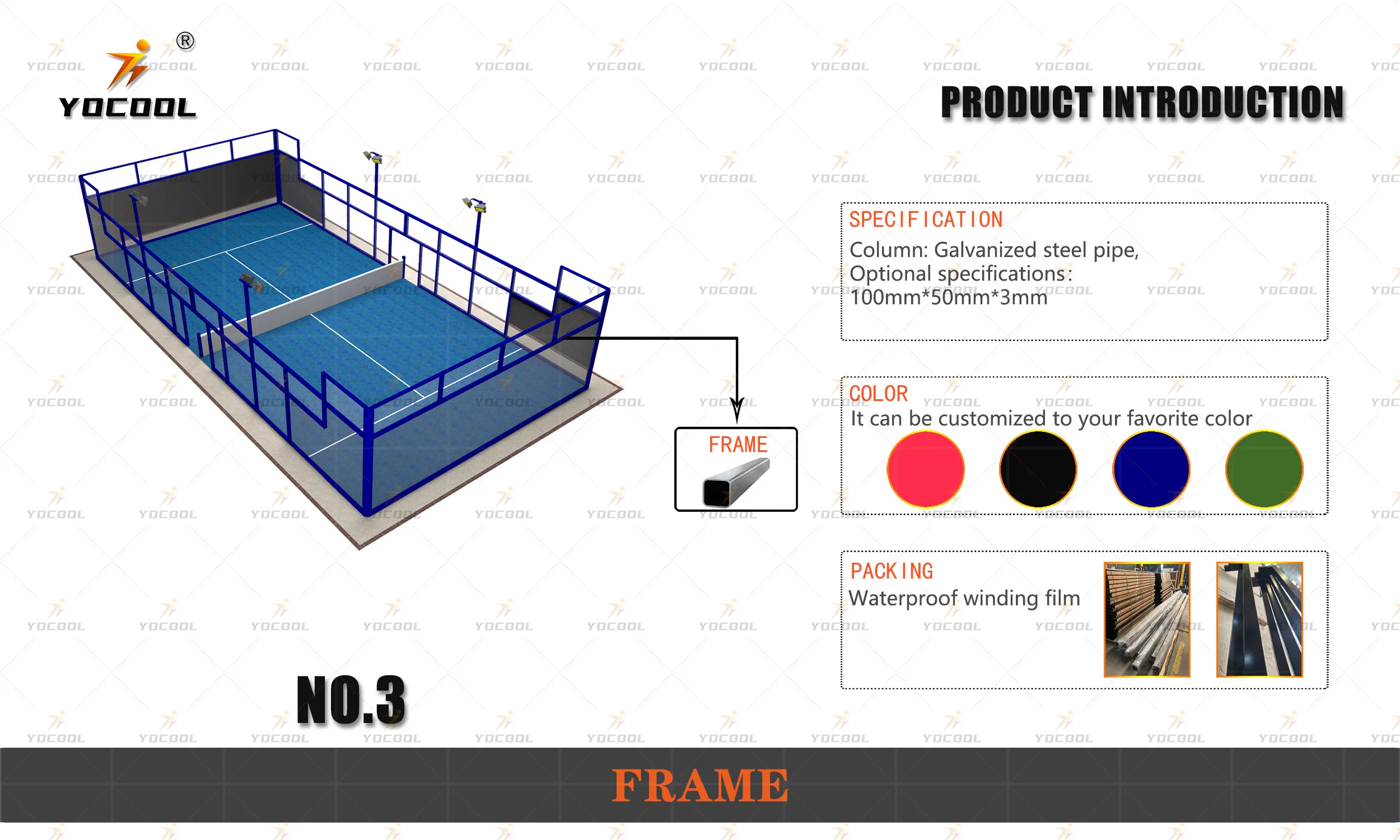Building a squash court can be a rewarding endeavor for enthusiasts and facilities looking to provide top-notch sports experiences. Understanding the essentials of construction, maintenance, and design ensures the court not only meets international standards but also provides a lasting, quality experience for players.

When embarking on the construction of a squash court, it is crucial to consider the location. Ideally, the area should have ample space around the court for spectators and additional amenities. The standard dimensions of a squash court are 32 feet long by 21 feet wide, with a height of at least 18.5 feet. Adequate ventilation and lighting are pivotal elements that contribute to the quality of play and safety, as squash is a fast-paced game requiring acute visual clarity.
Materials play a significant role in the longevity and playability of a squash court. For floors, the preferred choice is often solid maple or beech wood, which provides a perfect balance of resilience and grip. The walls, on the other hand, should be crafted from durable materials like high-density panels or plaster systems that can withstand the constant impact of a squash ball. Glass walls are increasingly popular, especially for the back wall, as they offer unobstructed views for spectators and bring a touch of modernity to the court.

The expertise of the construction team can dramatically affect the outcome of the court. Hiring professionals who specialize in squash court construction ensures that specific standards, such as the World Squash Federation's specifications, are met. This guarantees not only the safety of the players but also the court's eligibility to host official tournaments, enhancing the venue's reputation and drawing a broader audience.
Beyond physical construction, attention to maintenance cannot be overstated. Regular inspection and upkeep of the court's surfaces prevent wear and tear from affecting play quality. Resurfacing the floors periodically and ensuring the walls retain their strength and smoothness are part of standard maintenance practices. Additionally, modern air conditioning systems help maintain a consistent temperature and humidity level, preserving the integrity of the floor material and ensuring player comfort.
building a squash court
Incorporating the latest technological advances elevates the playing experience even further. For instance, digital booking systems, virtual coaching programs, and live streaming capabilities for matches can enhance the appeal of squash courts to players and spectators alike. Moreover, using technology to monitor player performance and court usage can provide valuable data to improve facility management and player retention.
The credibility of a squash court is further solidified by gaining certification and endorsements from recognized squash organizations. These credentials evidence adherence to international standards, reassuring players and event organizers of the court's quality. Engaging with the broader squash community through hosting workshops, tournaments, and events fosters a vibrant community and helps establish the facility as a central hub for squash enthusiasts.
Lastly, fostering partnerships with local sports clubs and schools can drive engagement and introduce new players to the sport. Offering comprehensive coaching programs, membership deals, and a welcoming environment encourages long-term loyalty and positions the court as a leader in squash development.
In summary, building a squash court is a meticulous process that demands attention to detail, quality materials, and adherence to international standards. Its success hinges on a robust construction plan, ongoing maintenance, and the strategic use of technology, all combined with an emphasis on building a strong, engaged community. Investing in these elements not only ensures the court’s functionality and appeal but also reinforces its position as an authoritative and trusted facility in the sports domain.



